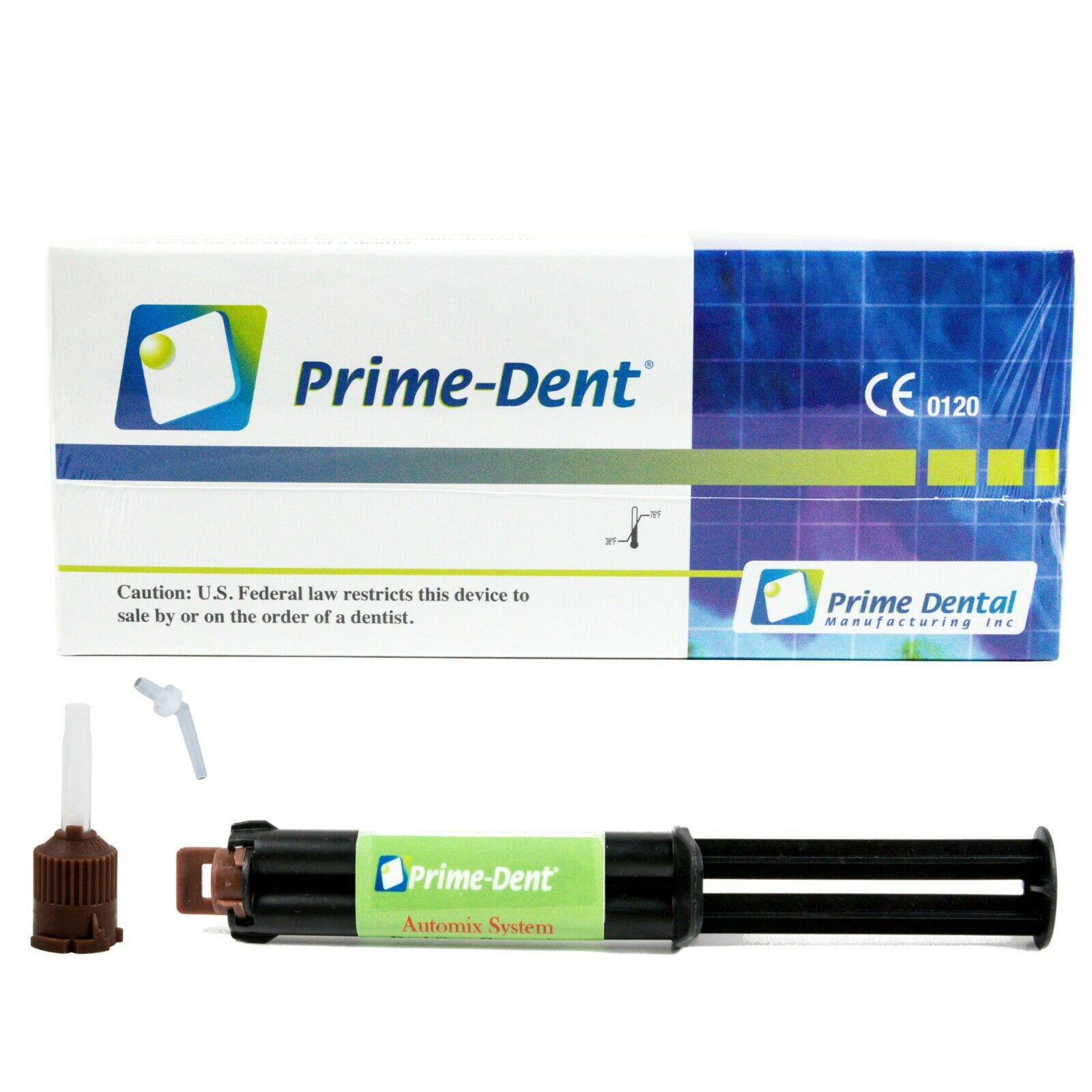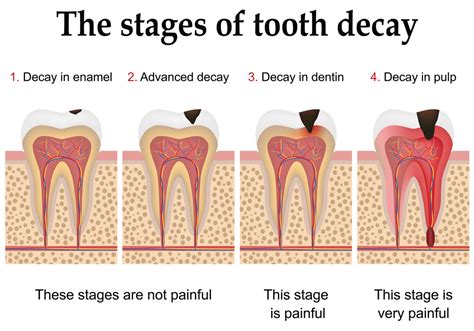Mal De Dent Guide: Diagnosis To Cure

The ordeal of experiencing toothaches can be quite distressing, and understanding the underlying causes is crucial for effective management. Mal de dent, or toothache, is a common dental issue that affects millions of people worldwide. It is essential to recognize the signs and symptoms, diagnostic procedures, and treatment options to alleviate this painful condition.
Understanding Toothaches: Causes and Symptoms Toothaches can result from various factors, including tooth decay, gum disease, cracked teeth, and exposed roots. The symptoms may range from mild discomfort to severe pain, often accompanied by inflammation, swelling, and sensitivity to temperature changes. Identifying the root cause of the toothache is vital for determining the appropriate course of treatment.
Diagnostic Procedures: Uncovering the Cause A thorough dental examination is necessary to diagnose the underlying cause of the toothache. This may involve: * Visual inspection: The dentist will examine the teeth and gums to look for signs of decay, cracks, or other damage. * X-rays: Radiographs may be taken to reveal any underlying problems, such as abscesses or impacted teeth. * Thermal tests: The dentist may use heat or cold to test the tooth’s sensitivity and determine if the pulp is damaged. * Percussion tests: Gentle tapping on the teeth can help identify any areas of tenderness.
Treatment Options: Alleviating the Pain Once the cause of the toothache is determined, the dentist will recommend a suitable treatment plan. This may include: * Fillings: For tooth decay, the dentist will remove the decayed portion and fill the tooth with a suitable material, such as amalgam or composite resin. * Crowns: If the tooth is severely damaged, a crown may be necessary to cover and protect the tooth. * Root canal therapy: For infected or damaged pulp, a root canal may be required to remove the infected tissue and save the tooth. * Extraction: In severe cases, the tooth may need to be extracted to prevent further complications.
Home Remedies and Self-Care While it is essential to seek professional dental care, there are some home remedies and self-care practices that can help alleviate toothache pain: * Over-the-counter pain relievers: Medications such as ibuprofen or acetaminophen can help manage pain and inflammation. * Cold compress: Applying a cold compress to the affected area can help reduce swelling and ease pain. * Saltwater rinse: Rinsing with warm salt water can help reduce inflammation and kill bacteria. * Avoiding irritants: Avoiding sweet, hot, or cold foods and drinks can help minimize discomfort.
Prevention: The Key to a Healthy Smile Preventing toothaches requires a combination of good oral hygiene practices and regular dental check-ups. Some essential preventive measures include: * Brushing and flossing: Regular brushing and flossing can help remove plaque and prevent tooth decay. * Fluoride toothpaste: Using toothpaste with fluoride can help strengthen teeth and prevent decay. * Regular dental check-ups: Scheduling regular dental check-ups can help identify potential problems early on, preventing more severe issues from developing.
What are the most common causes of toothaches?
+The most common causes of toothaches include tooth decay, gum disease, cracked teeth, and exposed roots. Other factors, such as sinus pressure, grinding, or clenching, can also contribute to toothache pain.
How can I prevent toothaches?
+Preventing toothaches requires a combination of good oral hygiene practices, such as brushing and flossing, and regular dental check-ups. Using fluoride toothpaste, avoiding sugary and acidic foods, and avoiding tobacco products can also help prevent tooth decay and gum disease.
What are the symptoms of a tooth abscess?
+Symptoms of a tooth abscess may include severe toothache pain, swelling, redness, and tenderness in the affected area. The abscess may also cause a foul taste or odor, and the patient may experience fever, swelling of the face or neck, and difficulty swallowing.
In conclusion, understanding the causes, symptoms, and treatment options for toothaches is crucial for effective management. By practicing good oral hygiene, scheduling regular dental check-ups, and addressing any underlying issues promptly, individuals can reduce their risk of experiencing toothaches and maintain a healthy, pain-free smile.
